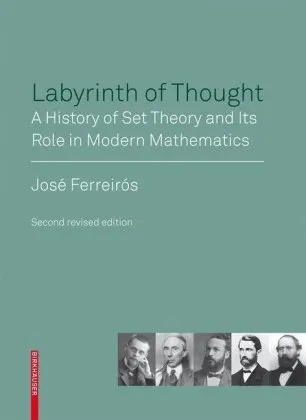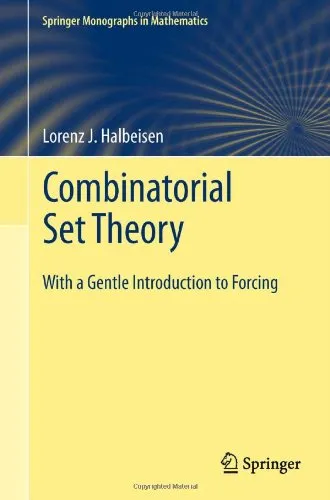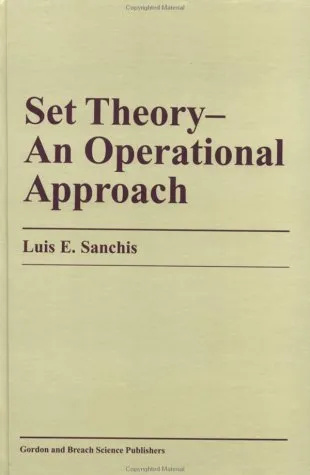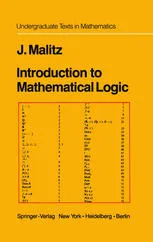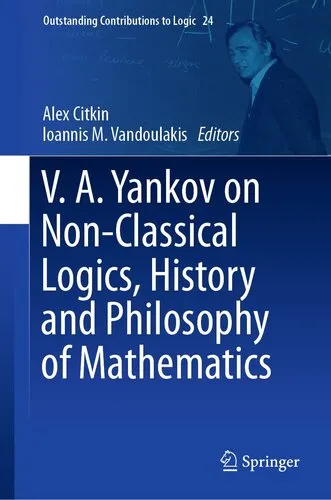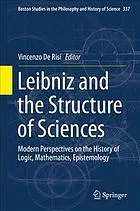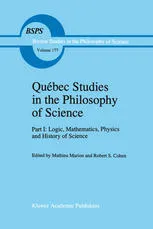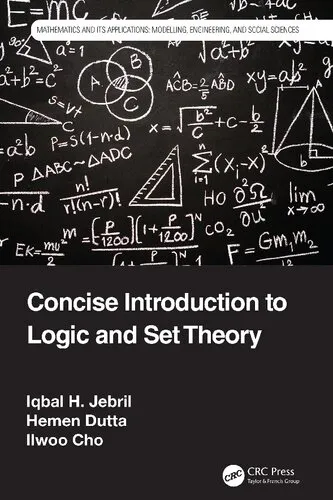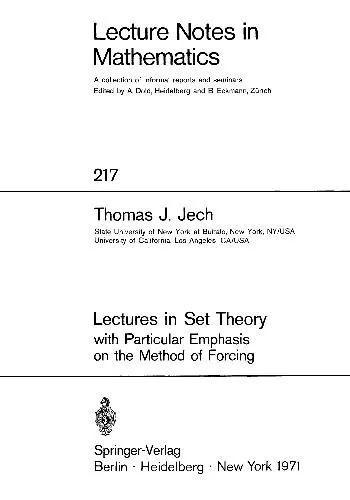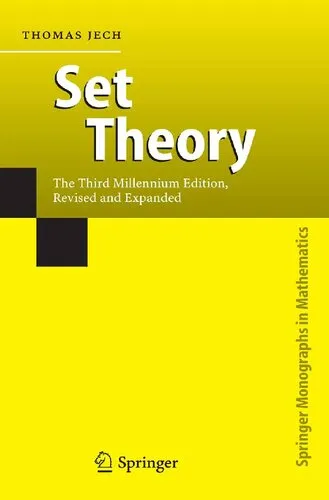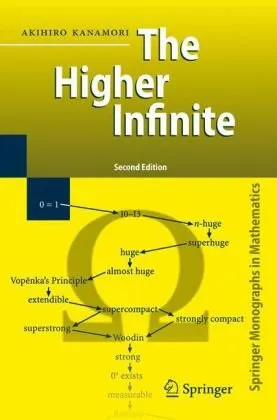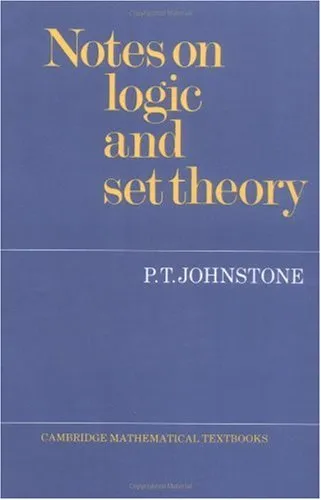Labyrinth of Thought: A History of Set Theory and Its Role in Modern Mathematics
4.0
Reviews from our users

You Can Ask your questions from this book's AI after Login
Each download or ask from book AI costs 2 points. To earn more free points, please visit the Points Guide Page and complete some valuable actions.کتاب های مرتبط:
"José Ferreirós has written a magisterial account of the history of set theory which is panoramic, balanced, and engaging. Not only does this book synthesize much previous work and provide fresh insights and points of view, but it also features a major innovation, a full-fledged treatment of the emergence of the set-theoretic approach in mathematics from the early nineteenth century. This takes up Part One of the book. Part Two analyzes the crucial developments in the last quarter of the nineteenth century, above all the work of Cantor, but also Dedekind and the interaction between the two. Lastly, Part Three details the development of set theory up to 1950, taking account of foundational questions and the emergence of the modern axiomatization." (Bulletin of Symbolic Logic)
Free Direct Download
You Can Download this book after Login
Accessing books through legal platforms and public libraries not only supports the rights of authors and publishers but also contributes to the sustainability of reading culture. Before downloading, please take a moment to consider these options.
Find this book on other platforms:
WorldCat helps you find books in libraries worldwide.
See ratings, reviews, and discussions on Goodreads.
Find and buy rare or used books on AbeBooks.
1328
بازدید4.0
امتیاز0
نظر98%
رضایتReviews:
4.0
Based on 0 users review
Questions & Answers
Ask questions about this book or help others by answering
No questions yet. Be the first to ask!
